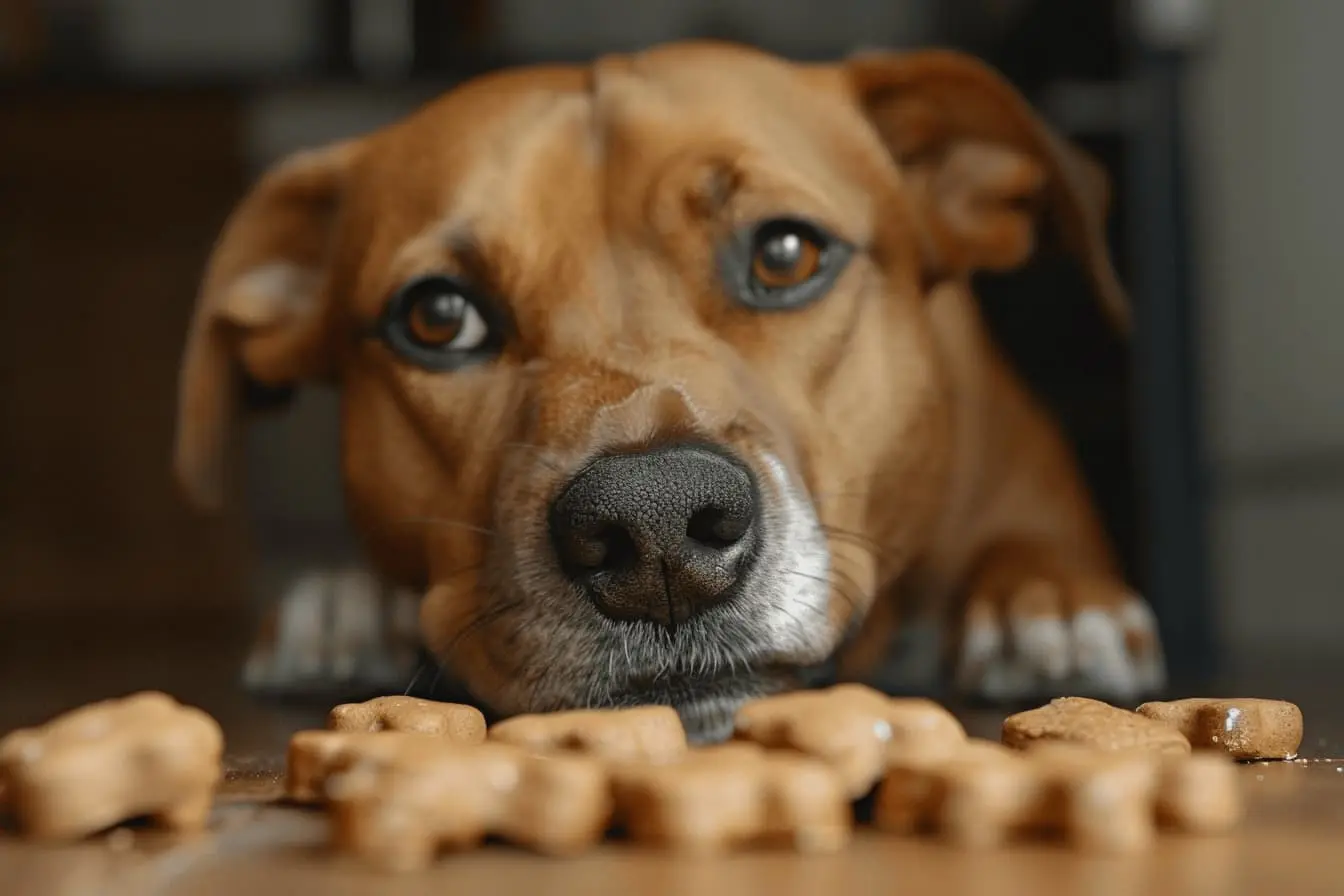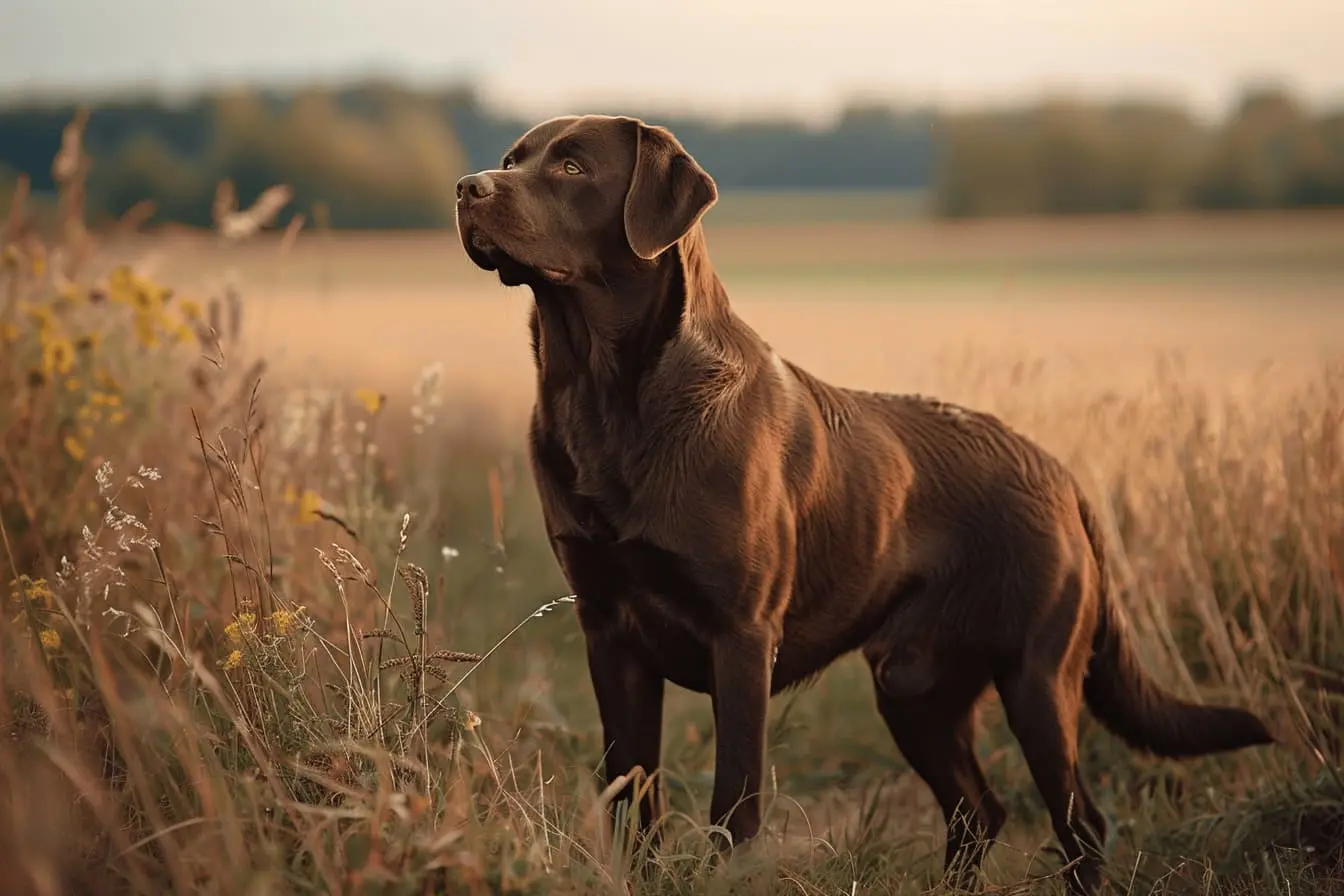
Trimming Your Dog's Nails at Home: A Comprehensive Guide for New Dog Owners
As a new dog owner, one of the responsibilities you'll need to take on is grooming, which includes the often daunting task of nail trimming. While it might seem intimidating at first, with the right knowledge and tools, you can become proficient in keeping your dog's nails at a healthy length. Here's everything you need to know about trimming your dog's nails at home, ensuring both you and your furry friend have a stress-free experience.
Understanding the Importance of Nail Trimming
Regular nail trimming is crucial for your dog's health and comfort. Long nails can lead to pain, affect your dog's posture, and in severe cases, result in structural damage to their feet. Nails that are too long can also snag on carpets or furniture, which can lead to painful breaks.
Recognising When It's Time to Trim
Dogs' nails should just touch the ground as they walk. If you hear clicking on hard floors, it's a sign that your dog's nails need trimming. The frequency of trimming will vary with each dog, depending on their activity level and the surfaces they walk on; however, checking nails fortnightly is a good rule of thumb.
Preparing for Nail Trimming
Before you start, you'll need the right tools:
- Dog Nail Clippers: There are several types available, including guillotine, scissor, and grinder tools. Choose one that you're comfortable with and is suitable for your dog's size.
- Styptic Powder or Pencil: This is to stop the bleeding in case you accidentally cut the quick.
Getting your dog accustomed to having their paws handled is also essential. Gently play with their feet regularly, rewarding them with treats to build positive associations.
The Trimming Process
- Choose a Quiet Place: Start in a calm environment to help your dog stay relaxed.
- Hold Your Dog's Paw Firmly but Gently: Support the toe, but don’t squeeze too hard.
- Identify the Quick: The quick is the pink area within the nail where the nerves and blood vessels are. Avoid cutting into this area. In dogs with dark nails, it's harder to see, so trim in small increments.
- Make Small Cuts: Better to trim a little off more frequently than too much at once. If your dog's nails are very long, trim a little off and wait a week for the quick to recede before trimming again.
- Smooth the Edges: Use a nail file or grinder to smooth any sharp edges after cutting.
Dealing with Accidents
Even with care, you might accidentally cut the quick. If this happens, apply styptic powder to the tip of the nail to stop the bleeding. Comfort your dog to reduce their stress.
Aftercare
Reward your dog with a treat and some cuddles after trimming to end the session on a positive note. This will help them associate nail trimming with positive experiences.
Seeking Professional Help
If you're not confident in trimming your dog's nails yourself, or if your dog becomes extremely stressed, consider seeking help from a professional groomer or veterinarian. They can also provide you with tips and guidance tailored to your dog.
Conclusion
Trimming your dog's nails at home requires patience, practice, and care. By following these guidelines, you can ensure that the experience is positive for both you and your dog. Remember, it's an essential part of your dog's grooming routine that contributes significantly to their overall well-being.
Vets near you
Speciality vets
- Aquatics vet specialists
- Birds vet specialists
- Camelids vet specialists
- Cats vet specialists
- Cattle vet specialists
- Deer vet specialists
- Dogs vet specialists
- Equines vet specialists
- Exotic vet specialists
- Goats vet specialists
- Pigs vet specialists
- Poultry vet specialists
- Sheep vet specialists
- Small Mammals vet specialists
- Wild vet specialists



